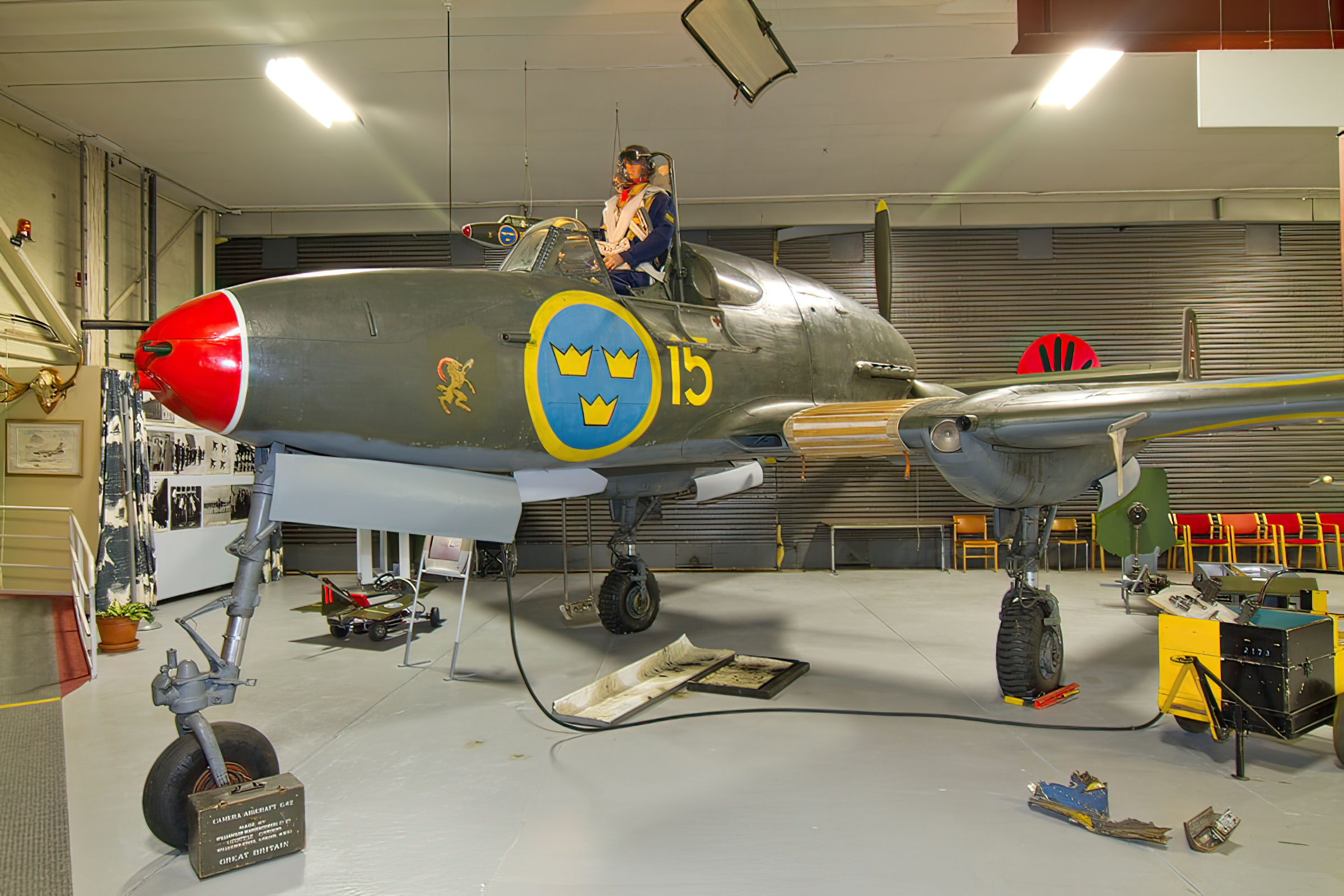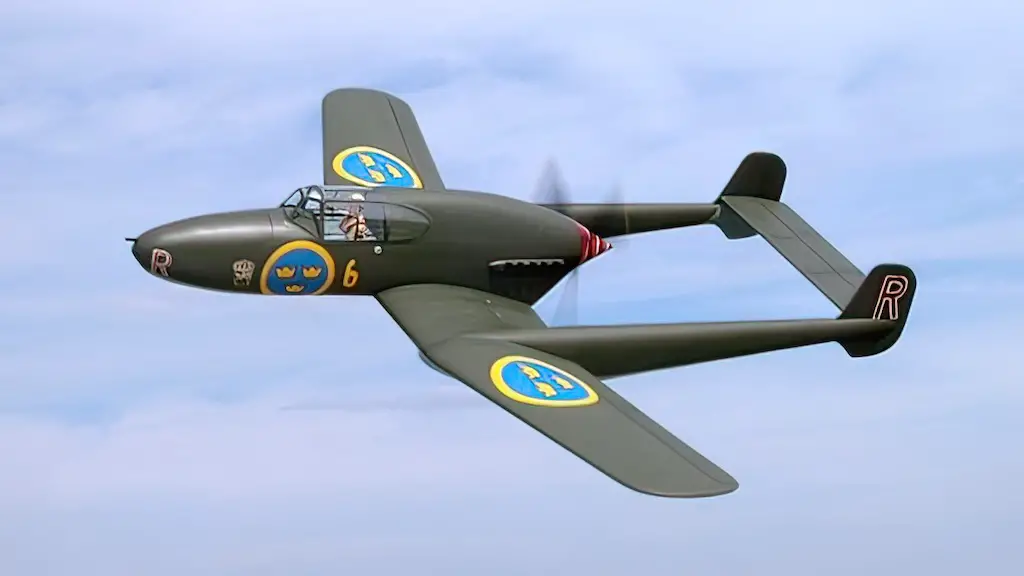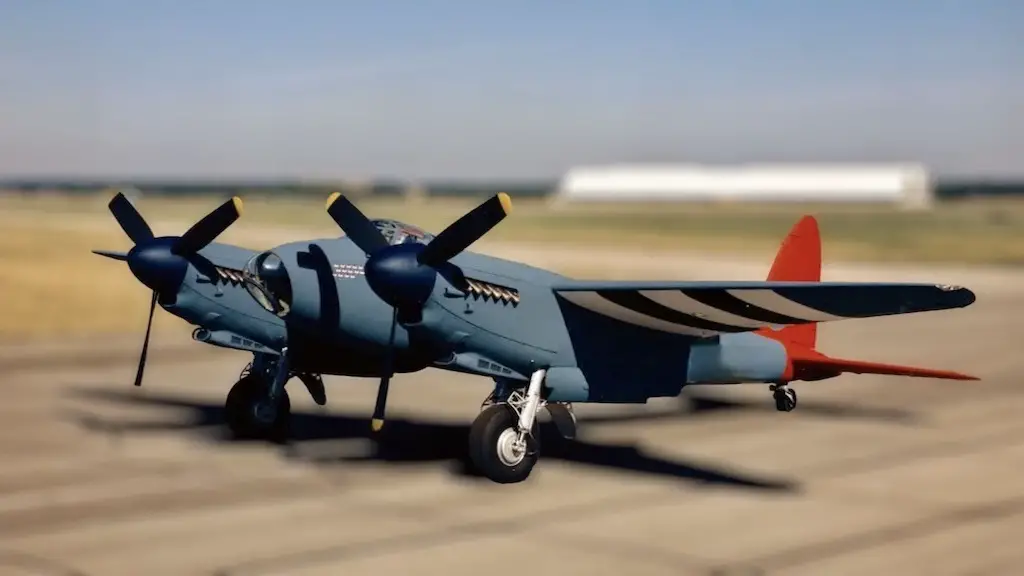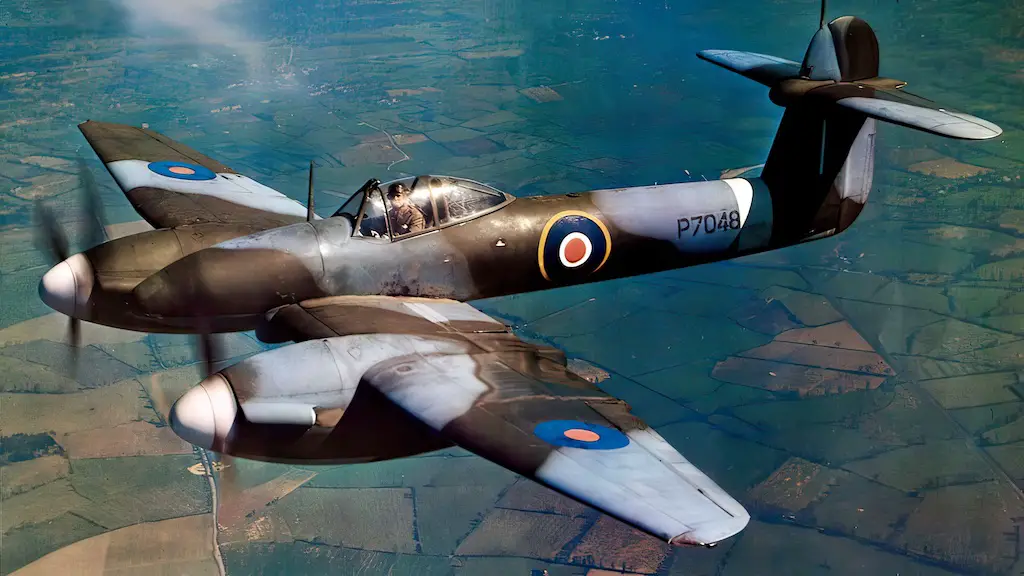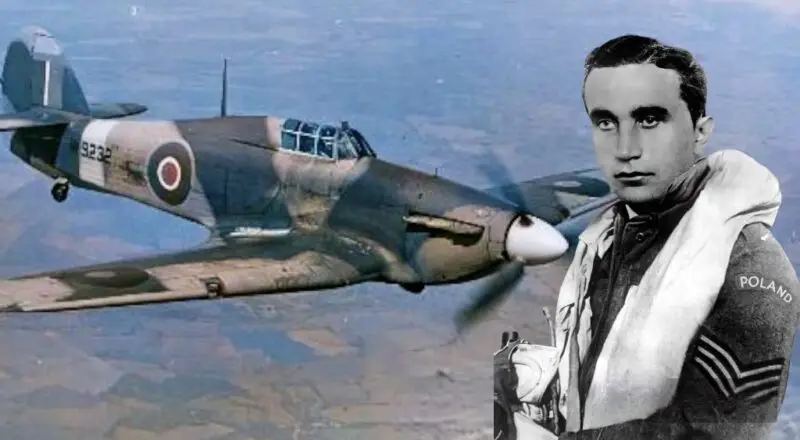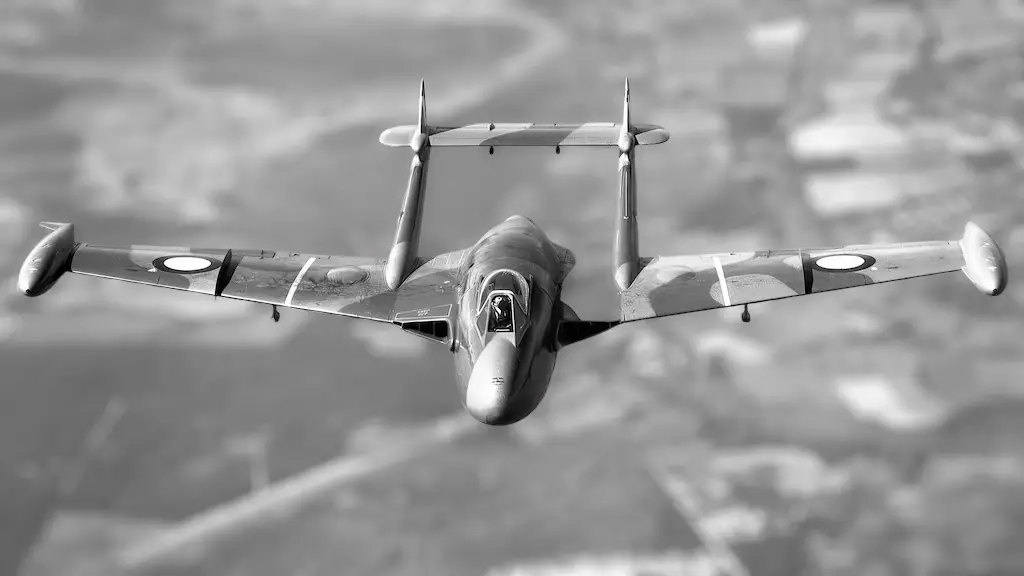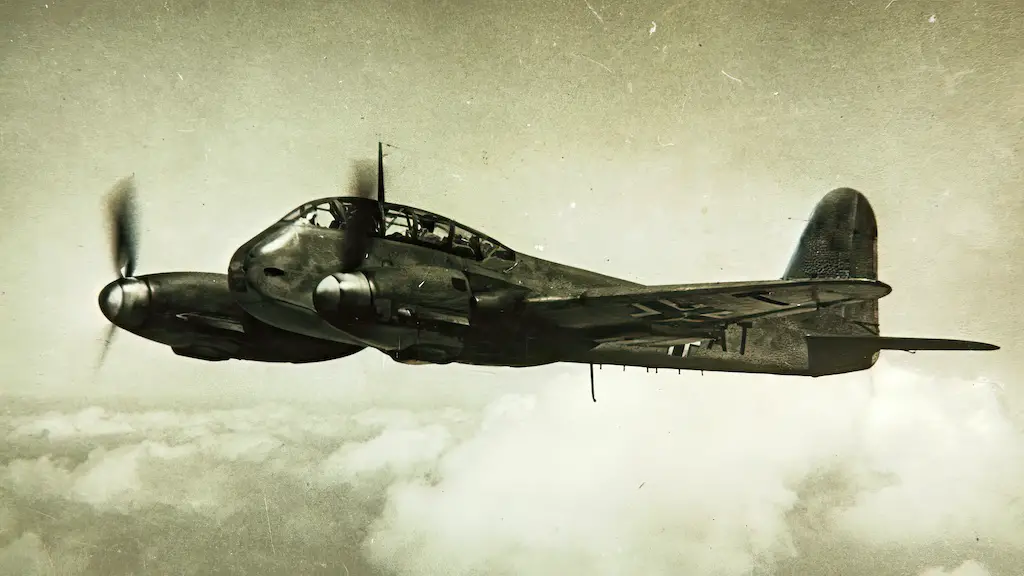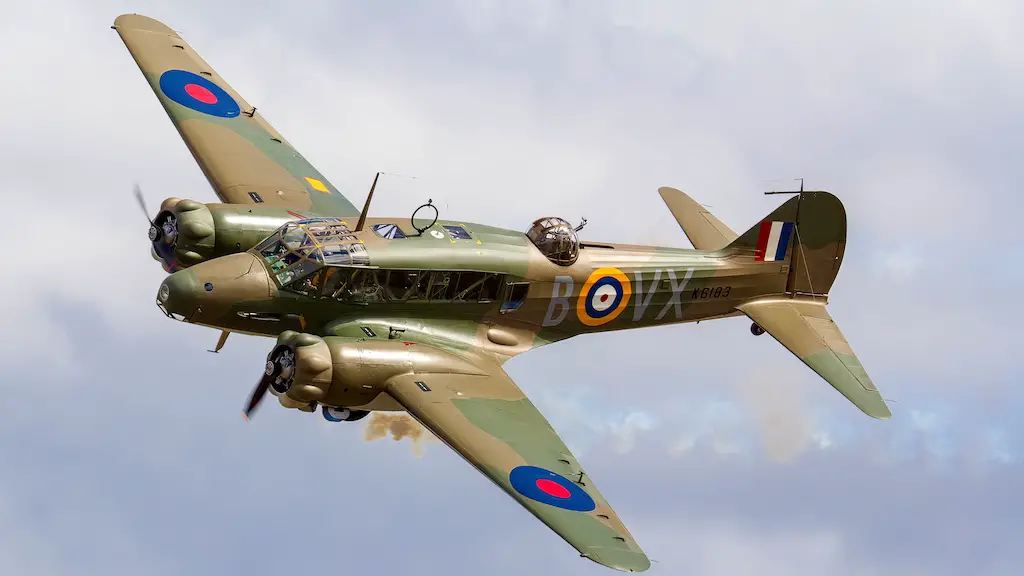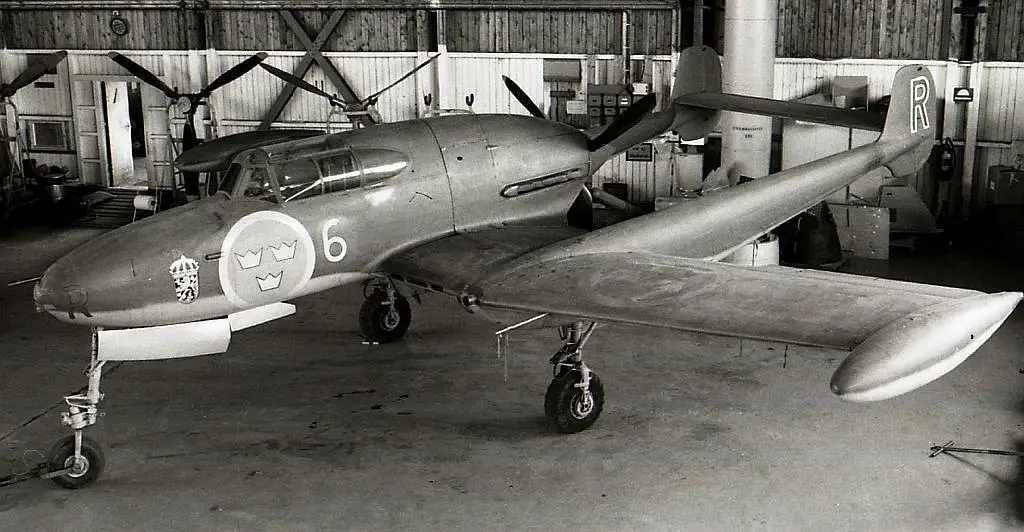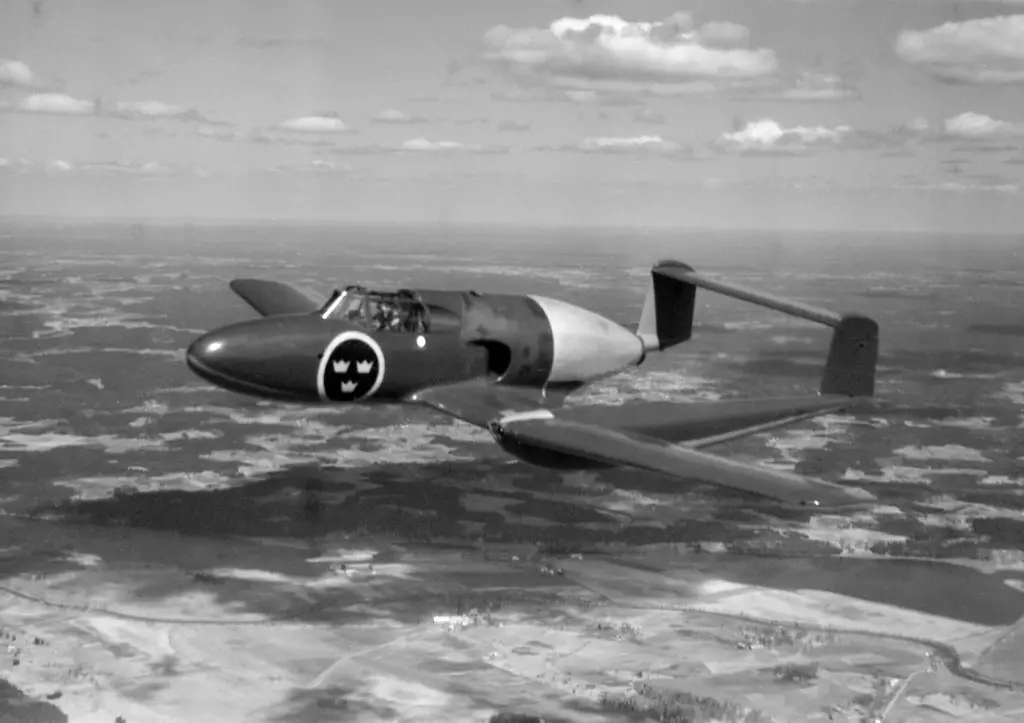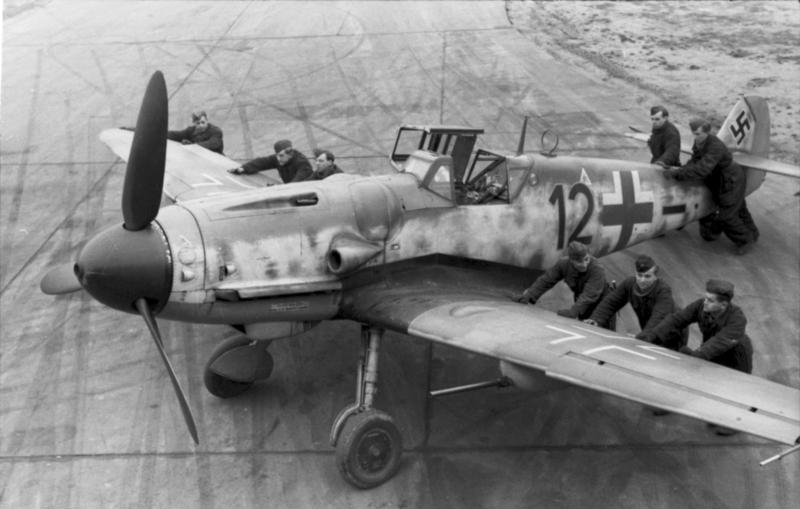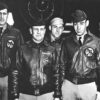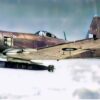The Saab J 21 – a Swedish fighter plane that emerged during World War II – was unlike any other. Its forward-running propeller, sleek design, sturdy build, and versatility made it a pioneer in both engineering and performance.
One of the remarkable things about the Saab J 21 was its ability to soar at high speeds, thanks to its angled wings and body. Not to mention, the plane’s all-metal construction granted it unparalleled resilience; it could withstand severe damage and still remain operational. The aircraft was also able to undertake various roles in the air force, ranging from fighting and bombing to reconnaissance and night fighting. The Swedish Air Force benefited greatly from its inclusion in their fleet.
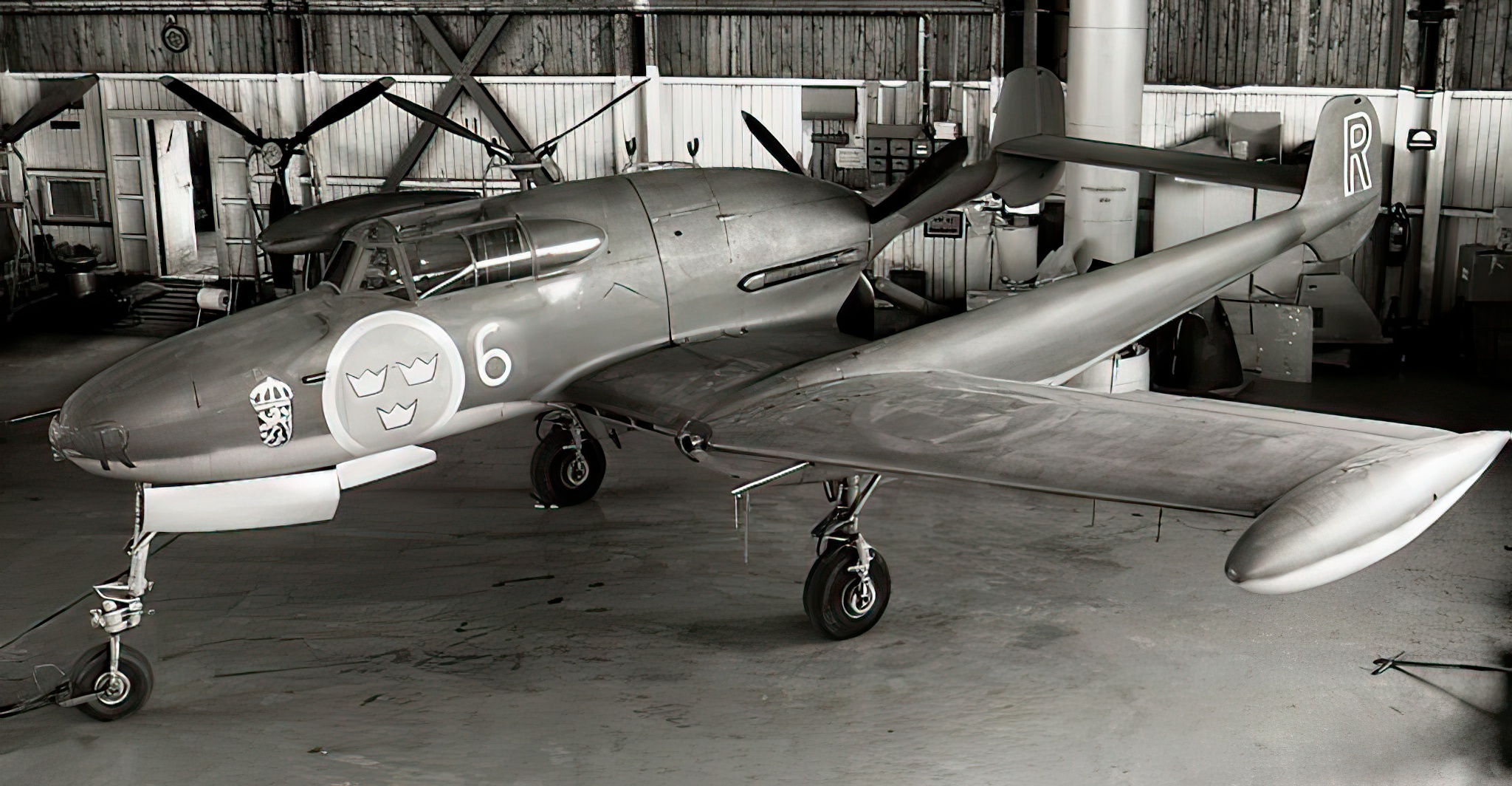
Development
The Saab J 21 came about after the Swedish Air Force requested a new fighter plane in the late 1930s. Lars Brising, a team leader and designer, headed the project and designed the plane’s aerodynamic features. One of the major problems they encountered was a lack of powerful engines, so they went with a pusher configuration, putting the engine and propeller behind the cockpit, which made it faster than most other planes of its time.
The first J 21 prototype flew in July 1943, and it was introduced to the Swedish Air Force three years later, although it wasn’t needed as a frontline fighter since the war had already ended. The J 21 still had plenty of uses, however. It served as a dive bomber, reconnaissance plane, and night fighter. A total of 298 J 21s were built and remained in service with the Swedish Air Force until the late 1950s.
Cool looking, yet somewhat underpowered
The Saab J 21 had some drawbacks that made it less effective as a bomber. Its small size limited the amount of fuel it could carry, and it had a relatively small weapons load. The pusher configuration of the J 21 placed the engine and propeller behind the cockpit, which made it challenging for pilots to see during takeoff and landing.
Initially, the J 21 was designed to be equipped with four 13.2 mm machine guns, but these were later replaced by two 20 mm cannons. However, some critics found the armament to be insufficient compared to other contemporary fighters like the Messerschmitt Bf 109. The J 21’s construction had some weaknesses, such as a landing gear that was prone to collapsing, which detracted from its overall effectiveness. Despite these limitations, the Saab J 21 played a pivotal role in protecting Sweden during the early Cold War.
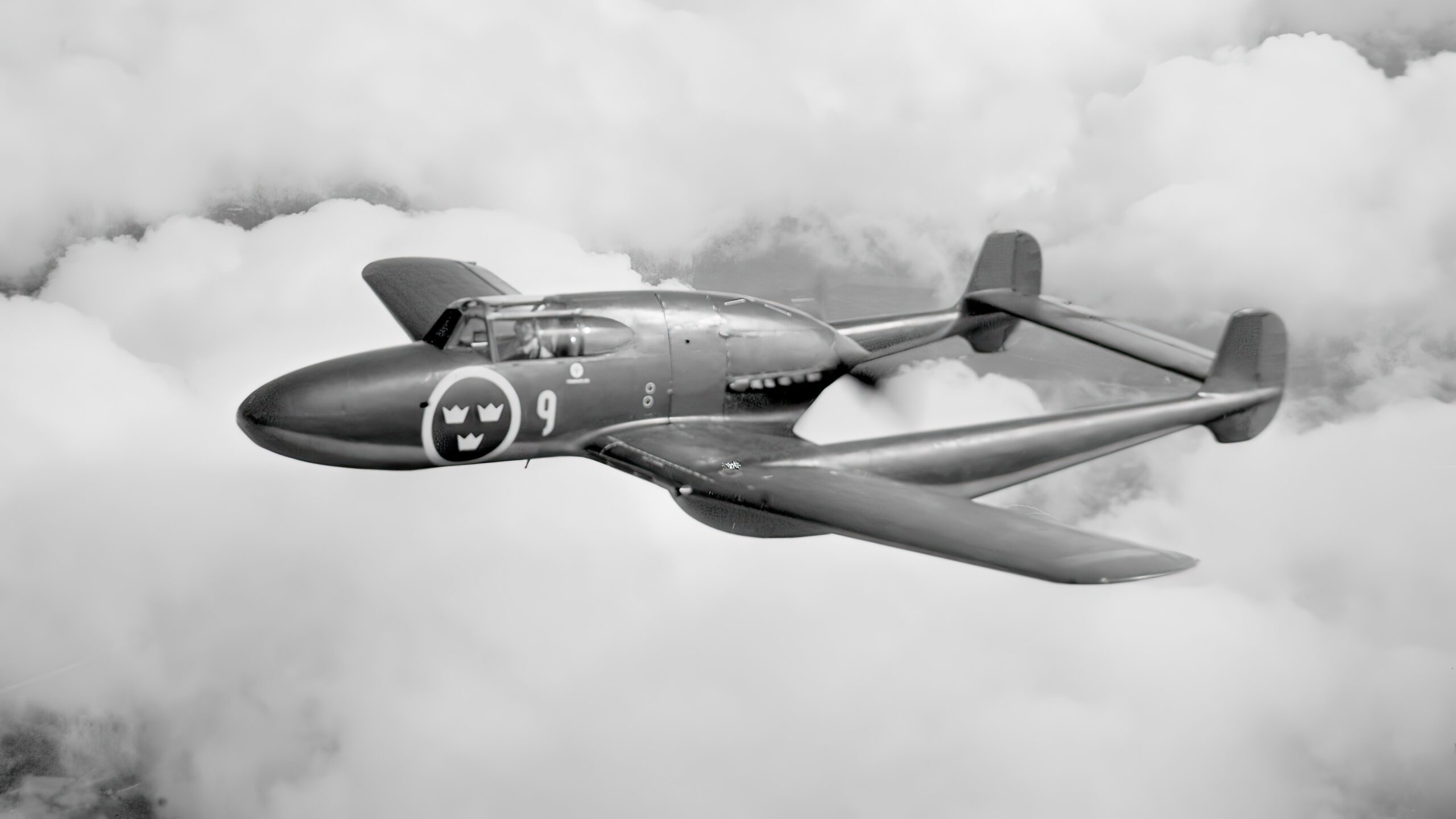
Retirement
The Saab J 21 was used by the Swedish Air Force for more than 10 years until it was retired in the late 1950s as newer and more advanced jet-powered fighters were introduced. Many J 21s were either sold for scrap or dismantled after this. However, a few were preserved and can now be seen in museums and private collections worldwide. Despite its brief service history, the J 21 was a key fighter aircraft, playing a significant role in Sweden’s defense during the early Cold War era. Its unique and versatile design has continued to captivate aviation enthusiasts and historians alike.
